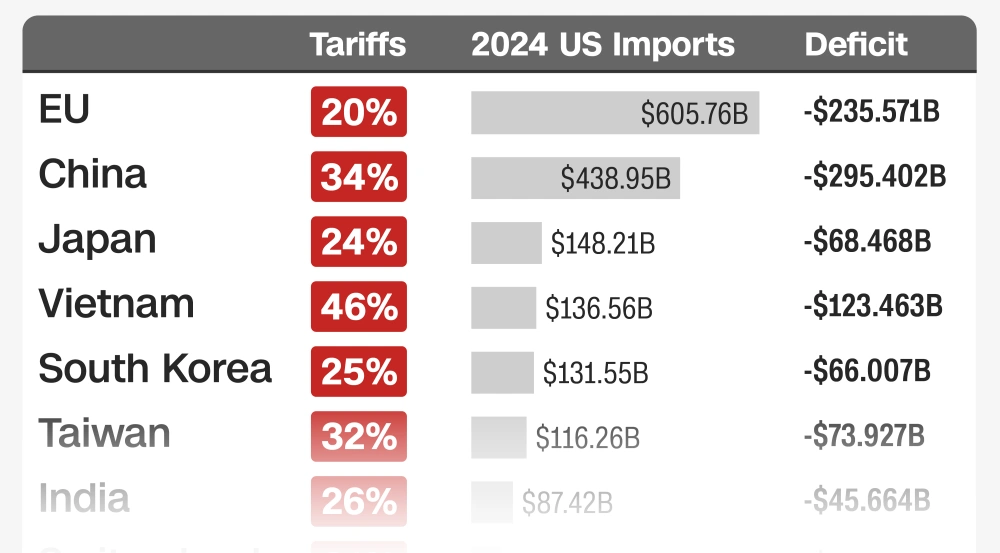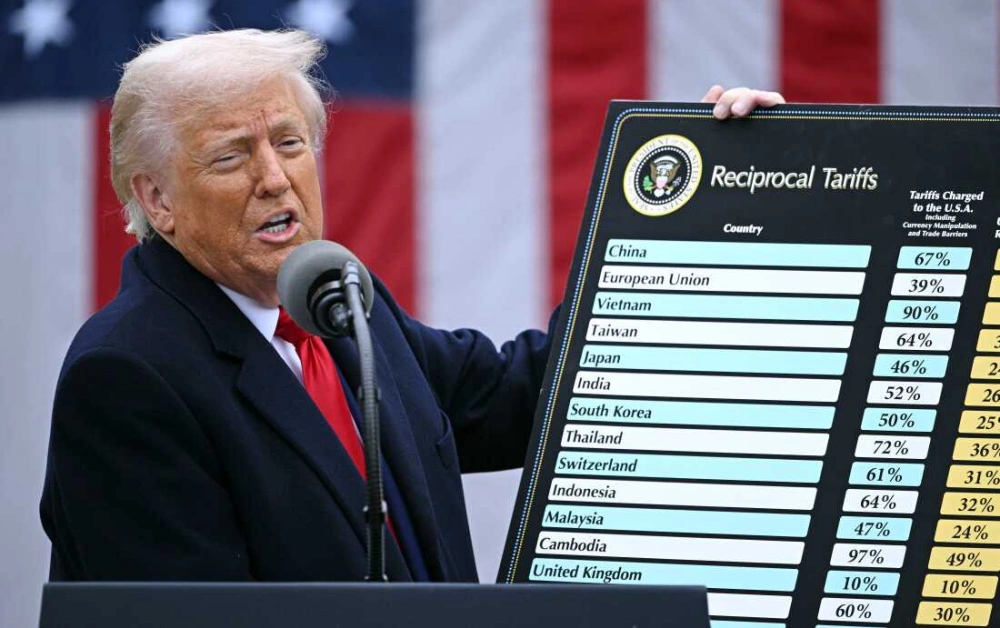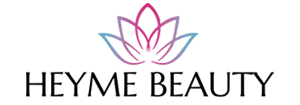![]()
US Tariffs on Chinese Goods have significantly affected the lash business. As a lash manufacturer and supplier, you’ve likely faced increased costs and supply chain disruptions. These tariffs directly impact your pricing, inventory, and profitability. To stay competitive, it’s crucial to adapt and find ways to navigate these changes.
Order strip lashes and cluster lashes from Heyme Beauty today to secure high-quality products at competitive prices.
Latest US Tariffs on Lash Goods

Tariffs are taxes placed on imports and exports between countries. The US imposes tariffs on Chinese goods to reduce the trade imbalance and encourage domestic production. For the lash business, this means higher costs for lash-related products imported from China.
The latest US tariffs on Chinese goods include a 104% levy on all Chinese imports, including lash products. This tariff is in addition to the 17.5% tariffs that were already in place. As a lash manufacturer, you may see costs rise for lash extensions, tools, adhesives, and other supplies sourced from China.
In recent updates, the US government has added another 50% tariff on Chinese imports after China didn’t agree to reduce its retaliatory tariffs on US goods. These changes affect the pricing and availability of lash products, putting pressure on your production costs.
With these new tariffs, the lash business faces potential price hikes and supply chain disruptions. The 104% tariff significantly impacts the pricing of lashes, making it harder to maintain profit margins.
Impact on Lash Manufacturers and Suppliers

The US tariffs on Chinese goods impact lash manufacturers and suppliers in several key ways. As a lash business owner, you must understand how these changes affect your operations and how to navigate the challenges.
Increased costs of raw materials and finished goods:
With the tariffs, you face higher prices for lash materials and finished products. This includes lash extensions, adhesives, and tools imported from China. You have to pay more for these goods, which raises your production costs. To keep your business profitable, you either absorb the cost or increase prices, which can make it harder to compete in the market.
Supply Chain Delays and Challenges:
The new tariffs cause delays in receiving goods from China. Shipping times are longer, and costs are higher, disrupting your supply chain. You might experience stock shortages or face difficulties in getting the materials you need to produce lashes. These disruptions make it harder to keep your inventory levels steady and fulfill customer orders on time, leading to possible customer dissatisfaction.
Adjustments in Manufacturing Processes:
Due to rising costs of materials, you might need to alter your manufacturing processes. Sourcing materials from different countries or suppliers could be more expensive, and changes in production techniques might be necessary. You may need to invest in new equipment or training for your staff to adapt to these changes. These adjustments could slow down production and impact efficiency.
Price Adjustments and Their Impact on Consumer Demand:
With rising costs, you might have to raise the price of your lash products. However, this price increase could affect your customers’ purchasing decisions. Some might opt for cheaper alternatives or reduce their orders. This impacts your sales volume and may force you to find a balance between price and quality to keep your customers loyal.
Trump’s Tariffs on Chinese Goods Raise Prices for US Consumers

Trump’s tariffs on Chinese goods have led to higher prices for US consumers, especially in industries reliant on Chinese imports. These tariffs, ranging from 17.5% to as high as 104%, increase the cost of raw materials, finished products, and shipping.
For lash manufacturers, this means higher production costs for lash extensions, tools, and adhesives, which could then be passed on to customers. As a result, consumers face increased prices for everyday goods, including beauty and lash products.
Challenges Faced by Lash Businesses
Lash businesses face several challenges due to the ongoing trade tensions between the US and China. These challenges impact your production, pricing, and competition. Understanding these issues will help you navigate the current market and make smart business decisions.
Higher production costs leading to reduced margins:
US tariffs on Chinese goods make raw materials and finished lash products more expensive. You experience higher production costs, which reduce your profit margins. These added costs force you to either absorb them or pass them on to your customers, putting pressure on your bottom line.
Navigating price hikes without losing customer base:
The increase in costs due to tariffs might push you to raise your prices. However, raising prices can lead to losing customers who are price-sensitive or might find cheaper alternatives. It’s crucial to balance price increases while maintaining customer loyalty and offering value to your clients.
Increased competition from non-Chinese suppliers:
As tariffs on Chinese goods rise, many businesses turn to non-Chinese suppliers for raw materials and finished products. This opens up more competition, especially from suppliers who can offer lower prices or faster shipping. You must adapt and find ways to stay competitive in this shifting market landscape.
Limited availability of certain lash products:
Due to the tariffs, certain lash products and materials from China might become harder to find. You may face difficulties in getting the specific lash styles, adhesives, or tools you need to meet customer demand. This forces you to search for alternative suppliers or adjust your product offerings.
Adapting to Changes: Strategic Solutions for Lash Businesses
Lash businesses must adapt to changes brought by tariffs and trade challenges. Implementing strategic solutions can help you stay competitive, maintain product quality, and protect your profits. These strategies can help you navigate the current market conditions.
Sourcing alternatives: Non-Chinese suppliers and local production:
To avoid high tariffs, consider sourcing materials from non-Chinese suppliers or look for local production options. This reduces your reliance on Chinese imports, minimizes shipping delays, and helps you control costs. Local suppliers might offer better turnaround times and more predictable pricing.
Negotiating with current suppliers to minimize costs:
Work closely with your existing suppliers to negotiate better deals and lower prices. They might be willing to adjust prices, offer bulk discounts, or find cost-saving alternatives for you. Building strong, long-term relationships with suppliers can help secure better terms and maintain consistent product supply.
Exploring different tariff codes and trade policies:
Research tariff codes and trade policies to find ways to reduce costs. Sometimes, certain products might be classified under codes with lower tariffs. Stay informed about potential trade agreements or changes in regulations that could benefit your business and allow you to save on tariffs.
Investing in product innovation and quality:
Focus on improving your lash products to differentiate your brand from competitors. Innovation can involve creating new lash styles, using higher-quality materials, or offering unique packaging. Providing premium products will help you stand out in a competitive market and justify higher prices to your customers.
What’s Next for Lash Manufacturers?
As a lash manufacturer, it’s important to stay ahead of the changes that tariffs and trade policies bring. Looking ahead, understanding the potential long-term effects and staying prepared for future changes can help you navigate this uncertain landscape.
The tariffs might continue to raise the cost of raw materials and finished lash products for years. This could lead to ongoing price increases, forcing you to adjust your business model and pricing strategies. You may face consistent pressure on profit margins and may need to explore new ways to cut costs or increase product value to stay competitive.
While tariffs could stay high for a while, there’s a possibility that new trade agreements or tariff reductions could emerge. You should keep an eye on negotiations between the US and China, as any changes in trade policies might help lower costs and stabilize the market. If tariffs are reduced, your business could benefit from lower production costs and better profit margins.
Trade policies are constantly evolving, so it’s essential to be ready for changes. Stay informed about any potential shifts in US-China relations or new trade agreements. This allows you to adapt quickly and make informed decisions about sourcing materials, adjusting prices, or changing suppliers to minimize the impact of future trade policy changes on your business.
Conclusion
US Tariffs on Chinese Goods continue to impact lash businesses, raising production costs and affecting pricing. As a lash manufacturer, staying competitive while navigating these challenges is crucial. To avoid additional expenses, place your lash orders with Heyme Beauty before April 25, 2025, to secure the best prices.
After this date, shipping costs will increase due to taxes. Additionally, after May 2, 2025, small packages under $800 will no longer benefit from duty exemptions. Order now!
